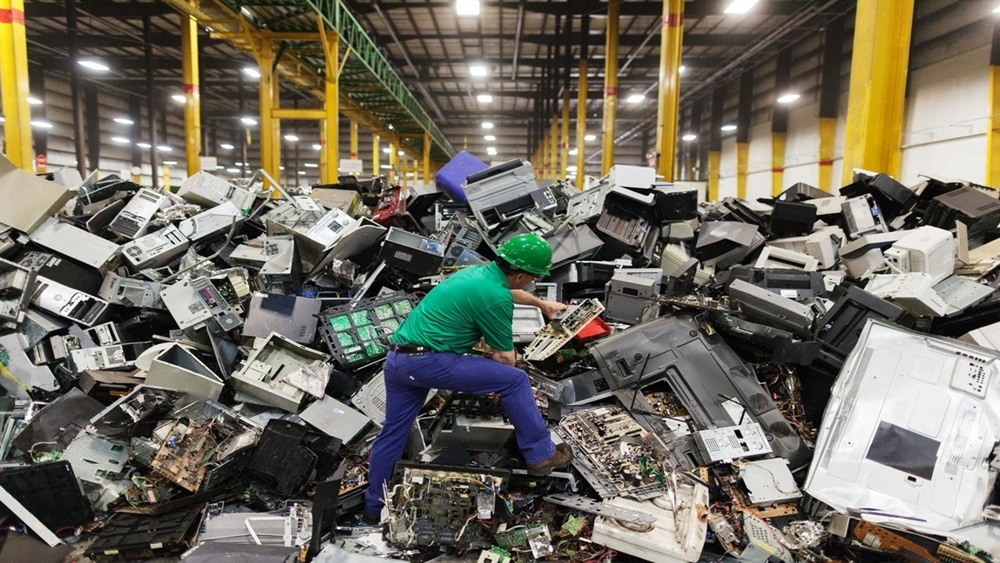
Education
United Nations alert against a large wave of global electronic waste

According to the International Telecommunications Union (ITU) Global E-Waste Monitor 2020 report , the United Nations warned of the massive rise in e-waste.
In the last five years the volume of electronic waste has risen a staggering 21 percent to 53.6 million tons, 7.3 kg per person in the planet, and it is forecast that by 2030, it will increase to 74.7 million tons by 2036.
That's not the worst part of it. The report estimates the illegal dumping of about 7-20% of e-waste. Although electronic products are recycled and reused in low-income countries, a significant amount of electronic waste is dumped or illegally exported.
According to the author:
The fate of 82.6 percent (44.3 Mt) of e-waste generated in 2019 is uncertain, and its whereabouts and the environmental impact varies across the different regions.
The major reason for the increase in the use of electrical and electronic equipment (EEE) and shorter lifetimes is the increasing demand for electronic goods as well as the increased difficulty in repairing them. All these problems are supported by companies that aim to boost profits and sales.
It is extremely dangerous for the Earth's already depleted atmosphere that e-residue is not disposed of properly. Only 8 million tons of "CO2 equivalents" from discarded fridges and air-conditioned products have been released into the atmosphere during the last five years. In addition, every year 50 tons of mercury are dumped.
Here’s how much e-waste is produced per region:
- Asia 24.9 million tonnes
- The United States 13.1 million tonnes
- Europe million tonnes
- Africa 2.9 million tonnes
- Oceania 0.7 million tonnes
